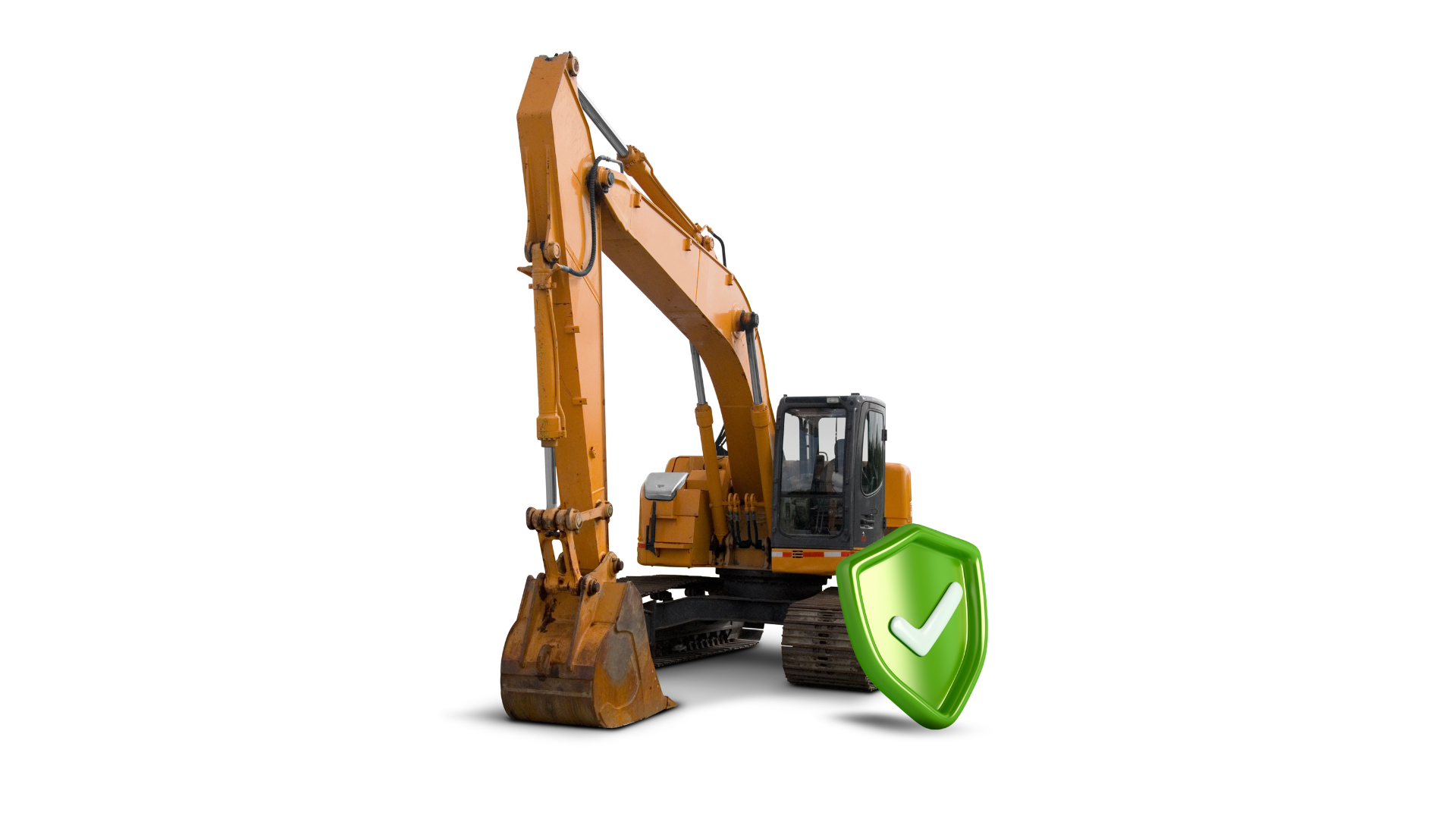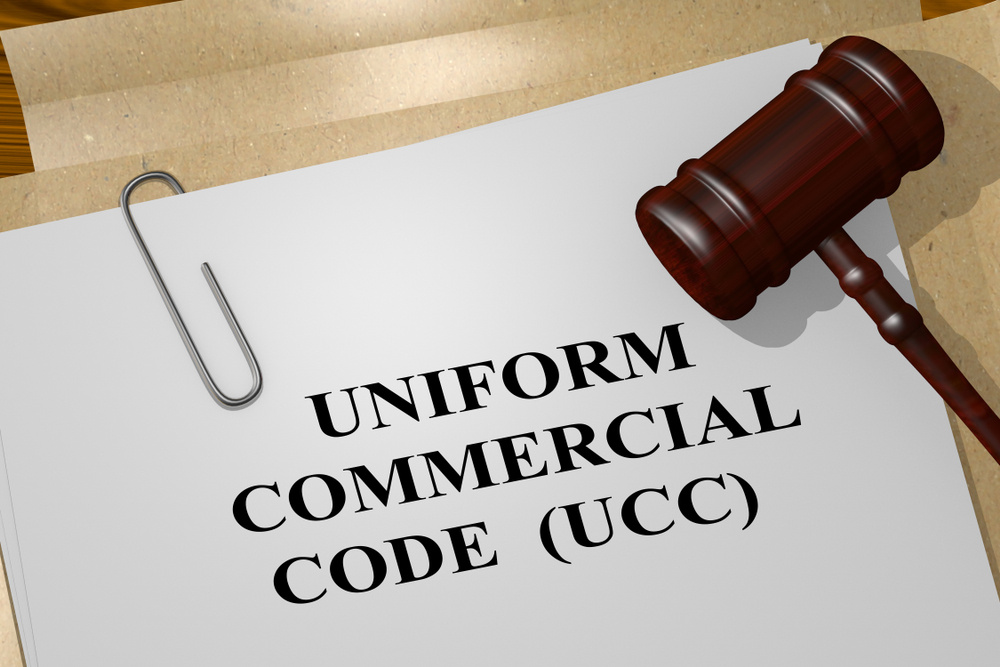Commercial drivers are required by the Federal Motor Carriers Safety Administration (FMCSA) to comply with strict vehicle...
Commercial drivers are required by the Federal Motor Carriers Safety Administration (FMCSA) to comply with strict vehicle inspection protocols to ensure your safety and the safety of others.
A Driver Vehicle Inspection Report (DVIR), which includes both pre and post-trip inspections conducted by drivers, is required for all over-the-road (OTR) truckers. Compliance ensures that these vehicles are road-ready, and drivers are keeping themselves and those they share the road with safe.
Why You Need to Conduct Driver Inspections
While safety remains the key reason for mandating routine inspections, completing DVIRs and paying close attention to the inspection details can prove to save businesses significant costs by identifying needed preventative maintenance before issues develop into expensive problems. The practice of thorough inspections goes a long way in preventing cataclysmic issues before they occur, saving trucking companies money, avoiding unnecessary downtime, and keeping drivers safe on the road.
Regulations pertaining to DVIR submissions have changed in recent years. In 2020, the FMCSA rescinded its requirement of DVIR submissions and retention at the conclusion of each workday for all interstate commercial vehicles. Instead, they only required submittals when defects were identified during pre or post-trip inspections. Many electronic logging device providers will also have DVIR functionality for ease of use. As for intrastate carriers, it is best to verify with your state to confirm any local requirements.
Failure to complete a DVIR, falsifying records, or failing to address any defects discovered immediately upon reporting them could result in steep fines by the Department of Transportation:
- Up to $1,270 per day for failing to complete a required DVIR
- Up to $12,700 for falsification of reports to hide a defect
- Up to $15,420 for failing to repair a reported defect
Pre-Trip Checklists
The walkaround examination helps drivers focus on key components of their vehicle and its unique specs. A thorough pre and post-trip inspection should take drivers roughly 15-20 minutes. An inspection should cover at least the following:
- Service brakes, including trailer brake connections
- Parking brake
- Steering mechanism
- Lighting devices and reflectors
- Tires
- Horn
- Windshield wipers
- Rear vision mirrors
- Coupling devices
- Wheels and rims
- Emergency equipment
Post-Trip Inspections
Your post-trip inspection will mirror the pre-trip inspection you conducted prior to hitting the road. The importance here is that the vehicle undergoes multiple walkarounds, ensuring road readiness before the next time the truck is driven.
CSA (Carrier Safety Administration) violations are costly, and repeated violations even more so. You need to ensure that you and your business take every precaution to avoid these penalties and prevent unnecessary costs and downtime with some preventive maintenance. This protects your business and your equipment and could save the lives of your drivers and others on the road.
Watch our affiliate company CCG's Pre-Trip Video on YouTube.
Recent Posts
Insurance serves as a financial safeguard that...
When purchasing heavy equipment, buyers should be...





